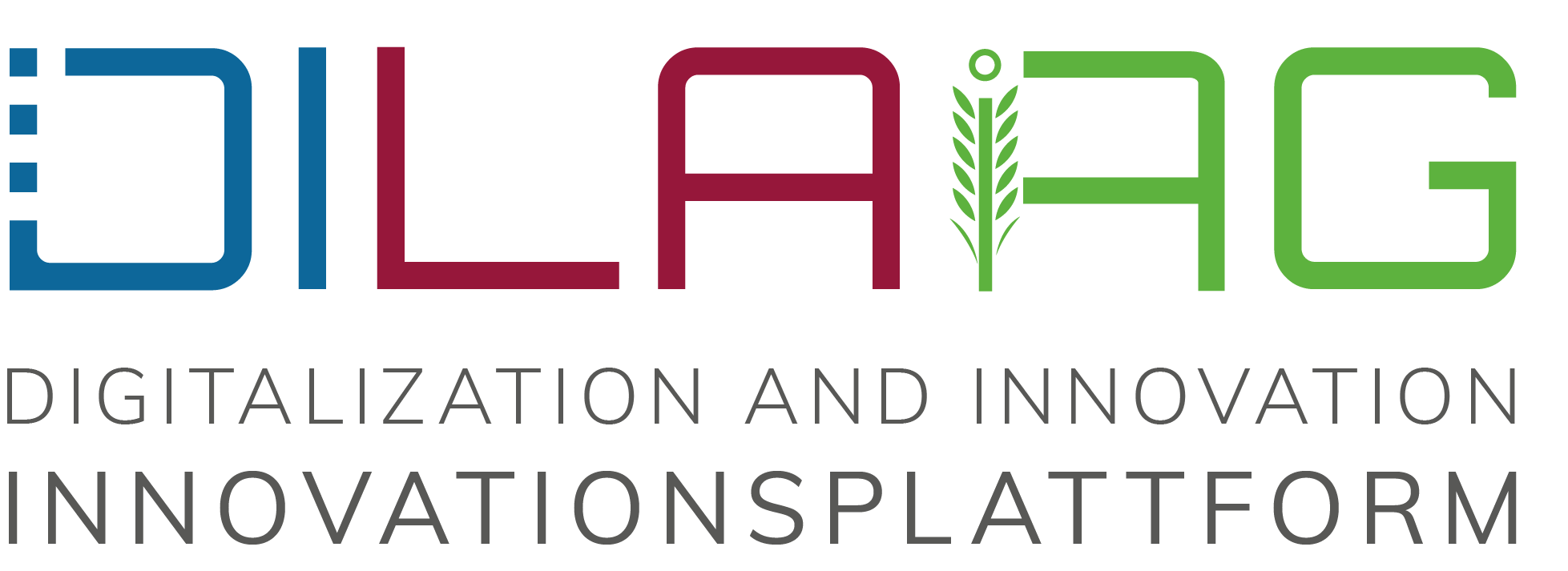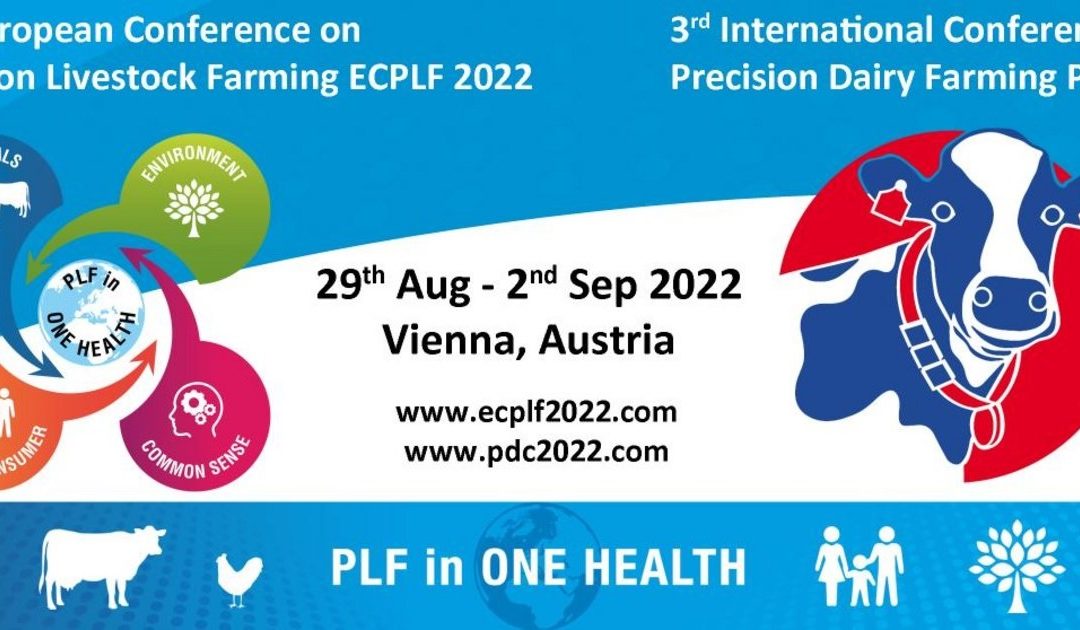Auf der “European Conference on Precision Livestock Farming” vom 29.08. – 2.09.2022 ist das DiLaAg durch mehrere Präsentationen vertreten:
• DiLaAg – Digitalisation and Innovation Laboratory in Agricultural sciences von Pichlbauer, B, A Gronauer et al.
• Pichlbauer, B, M Bobal, C Guse, M Drillich and M Iwersen. 2022. Development and validation of a new method to attach HOBO-loggers to the cows’ legs.
• Evaluation of a rising plate meter tool to measure herbage mass on Austrian pastures. Von Chapa-Gonzalez, JM, B Pichlbauer, C Guse, M Bobal, M Drillich and M Iwersen
• Evaluation of the Vienna Surface Tester for the application on bedding materials used in livestock farming von Weimar, K, B Pichlbauer, JP Schramel, C Peham, M Drillich and M Iwersen
• Validation and comparison of different sensor technologies to classify behaviour of dairy cows on pasture von Pichlbauer, B, JM Chapa-Gonzalez, M Bobal, C Guse, M Iwersen and M Drillich
• Accelerometer based monitoring of behaviour of cows with restricted access to pasture compared to confined conditions von Pichlbauer, B, C Guse, M Bobal, S Macho-Maschler, R Palme, M Drillich and M Iwersen
• Estimation of canopy parameters in wheat using radiative transfer modelling and artificial neural networks von Lukas Koppensteiner, Reinhard Neugschwandtner, Philipp Weihs, Thomas Neubauer, Pablo Rischbeck, Helmut Wagentristl, Andreas Gronauer und Hans-Peter Kaul
• Systemic design requirements for sustainable Digital Twins in precision livestock farmingvon Mallinger Kevin, Warren Purcell und Thomas Neubauer
• The potential of Explainable Artificial Intelligence in Precision Livestock Farming von Kejsi Hoxhallari, Warren Purcell, Thomas Neubauer
Abstract: In the discussion on the increasing demand for food, which is to be met by efficient and sustainable increases in productivity, animal welfare is becoming increasingly important. Animal health issues must be identified to prevent epidemics that significantly impact the economic performance of farms or even cause societal harm. The use of cutting-edge technologies (IoT, sensors, Big Data processing, etc.) is increasingly enabling early intervention in livestock farming to curb productivity losses through real-time monitoring, alerts, and decision support. The ubiquity of these technological solutions has enabled stakeholders to create more robust agricultural supply chains, that deliver sustainable nutrition for a growing population. However, the increasing use of Artificial Intelligence (AI), which is responsible for many of the current breakthroughs in Precision Livestock Farming (PLF) and agriculture in general, has meant that modern decision-support solutions have increasingly transitioned toward black box systems. It has become apparent that a gap exists between efforts to develop more advanced machine learning models, and the growing demands for ethical assessment and transparency in agriculture decision-making. Explainable Artificial Intelligence (XAI) is one such solution that could prove effective in overcoming the current limitations of black-box models, by allowing the decision-making process of such models to be explored. Through a literature review, we evaluate the potential of XAI in various agricultural use cases and demonstrate the potential benefits of its application to precision livestock management.
• Deep Neural Network applications on pose estimation and action recognition for Precision Dairy Farming von Diego Rejas-Haddioui, Warren Purcell, Thomas Neubauer
Abstract: Recent advances in Computer Vision (CV) have yielded great improvements in tasks such as Pose Estimation (PE) and Activity Recognition (AR) and their application to the field of Precision Livestock Farming (PLF) have the potential to enable truly non-intrusive animal monitoring. These systems can help detect health issues by providing detailed behaviour analysis and automatically detect problematic conditions like lameness. Past solutions rely on RFID chips and inertial measurement unit (IMU) to identify and classify cattle behaviour, while existing research of CV solutions for animal PE or AR often focus on scenes with single animals and in very clear conditions. Our work aims to study the capabilities and limitations of Computer Vision systems applied under industrial conditions, by creating an image data-set from the surveillance cameras present in a research farm monitoring an open area where the smart system has to learn how to deal with problems such as occlusion and lighting changes. The data-set created, containing information about the pose and activity of the cattle, is used to train a Deep Neural Network (DNN) system that can predict the pose of each animal in the image, and use this information to also predict the activity they are performing more accurately. Furthermore, we explore the deployment capabilities of these systems in industrial settings by studying the effect of neural network pruning in the inference accuracy and cost of the system in an effort to help future solutions be light-weight and with affordable hardware requirements.
• Workshop 4: DiLaAg – Digitalisation in agriculture am Freitag, den 02.09.22 von 14:00 – 15:30 Uhr

